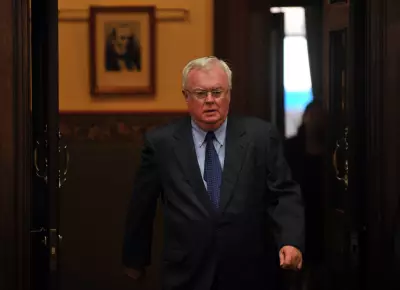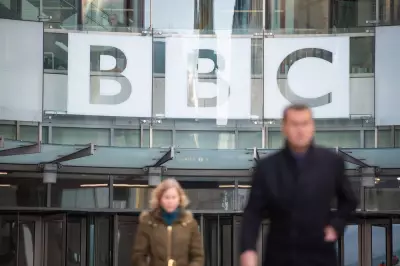
In a significant policy shift, the UK government has unveiled a sweeping reform of the country's asylum system, aiming to address what Home Secretary Shabana Mahmood has labelled an 'out of control' situation. The proposed changes would fundamentally alter the lives of those seeking refuge in Britain, replacing permanent status with a system of temporary protection and dramatically extending the path to citizenship.
An End to Permanent Refugee Status
The cornerstone of the new plan is the abolition of permanent refugee status. Under the proposed system, individuals granted asylum would no longer receive indefinite leave to remain. Instead, they would be required to reapply for permission to stay every two-and-a-half years.
This model, reportedly inspired by Denmark's controversial approach, includes a mechanism for returning refugees to their country of origin once it is deemed safe. The government has pointed to a 2017 study suggesting that Denmark's 'negative nation branding' effectively limited asylum applications, though other research indicates deterrence policies have little impact on a refugee's choice of destination.
Longer Waits and Stricter Conditions
The reforms introduce a stark new reality for those arriving through irregular means, such as on small boats across the Channel. While current rules allow refugees to apply for permanent settlement after five years, the new plan would force those who arrived illegally to wait 20 years before they can apply for permanent settlement.
Furthermore, the initial five-year protection period would be slashed to just 30 months. During this time, an individual's status would be subject to regular reviews, with the possibility of revocation if their home country is considered safe again.
Impact on Support and Legal Routes
The changes extend beyond status and timelines. The Home Secretary confirmed plans to amend laws that currently guarantee housing and financial support to destitute asylum seekers. This assistance will become discretionary, meaning the government can deny help to those deemed able to work or who have assets. Support could also be withdrawn from asylum seekers who break the law.
In tandem with these stricter measures, the government intends to create new safe and legal routes to the UK. These are designed to reduce dangerous Channel crossings and will include a community sponsorship model, similar to the 'Homes for Ukraine' scheme. The routes will be capped, and the government emphasises they will come with better integration support, including English language lessons. A scheme for skilled refugees to come to the UK for work is also part of the proposal.
Broader Implications and Application
The reforms have wide-reaching implications. When questioned, Home Secretary Mahmood indicated that Ukrainians currently in the UK on a temporary arrangement would also be expected to return home after the conflict with Russia ends.
Additionally, reports suggest that judges may be instructed to prioritise public safety over a migrant's right to a family life or the risk of facing 'inhuman' treatment upon return to their home country, signalling a potential shift in how immigration cases are adjudicated.
This comprehensive overhaul represents the government's most assertive attempt to regain control of the asylum system, balancing the introduction of new legal pathways with a significantly tougher stance on temporary protection and integration.





